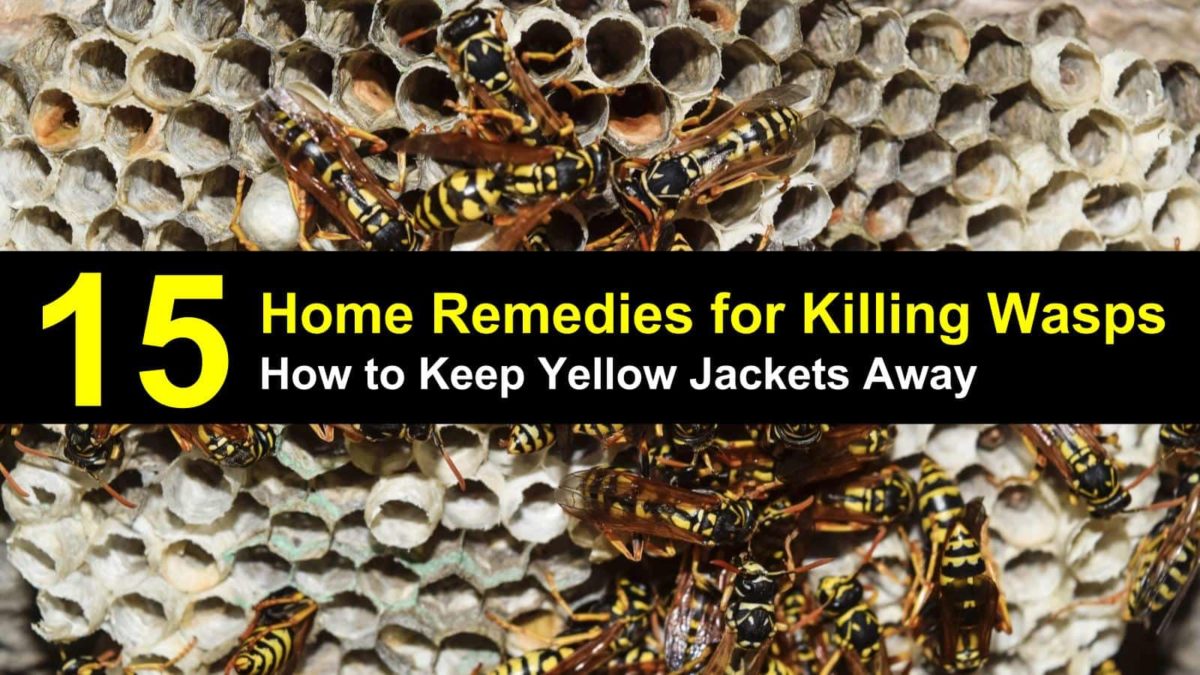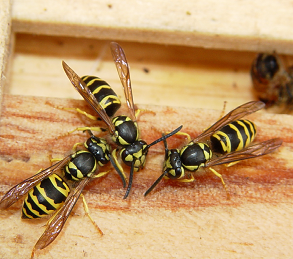

How to Minimize the Numbers of Yellowjackets in Your Yard Symptoms include hives, extensive swelling, dizziness, wheezing, or difficulty swallowing. If you have a strong allergic reaction after being stung, you should seek medical help immediately. The tendency of these wasps to sting in large numbers can make these stings a very serious matter.Īs mentioned, most of the deaths from stings in the US are due to yellowjackets, and most fatalities occur within an hour of being stung.Ī large number of stings can introduce a lot of foreign protein into a person’s body and also cause tissue damage because of destructive enzymes contained in the venom. Read product labels carefully and follow instructions on proper use, storage, and disposal.Always look before you drink at outdoor events!.Use nonchemical alternatives or less toxic pesticide products whenever possible.Minimize the use of pesticides that pollute our waterways and harm human health.What you do in your home and landscape affects our water and health Paper wasp nests shouldn’t require treatment unless they are near people.

Use an insecticide that shoots a long stream into the nest entrance and is labeled for treating yellowjacket nests.

Use traps to reduce yellowjacket numbers. Keep garbage in sealed cans and empty regularly.Outdoors, cover soda cans so wasps don’t crawl in.Keep food, including pet food, covered or indoors.Wasps flying from a hole in the ground or a building indicate a probable nest. Wait for it to leave, or gently brush it away. If a wasp lands on you, don’t swat it or run.They often nest inside cavities in trees or houses. Honey bees are unlikely to sting unless trapped or stepped on. They usually aren’t attracted to food, although they may go to sweets. Honey bees are less brightly striped than yellowjackets and have more hair.They build small, hard mud nests and rarely sting. Mud daubers are dark-colored and thread-waisted.Paper wasps have long slender waists, build paper nests with many open cells under eaves, and are rarely aggressive.They nest in holes in the ground, inside wall cavities, or in hanging nests totally enclosed in gray paper with a single entrance. Unlike other common wasps, yellowjackets scavenge on food. Their narrow “waists” are barely visible. Yellowjackets are 1⁄2 to 1 inch long with jagged bright yellow and black stripes.Trapping or nest treatment can reduce yellowjacket populations. Prevent stings by avoiding wasps and removing food sources. Stings generally cause pain and short-term injury, but some people suffer severe allergic responses. They are more likely to sting if disturbed while foraging. Yellowjackets, sometimes called “meat bees,” defend their nests, as do other social wasps and bees. Yellowjacket wasps prey on other insects and scavenge on human food and garbage. Honeybees are hairier than yellowjackets.


 0 kommentar(er)
0 kommentar(er)
